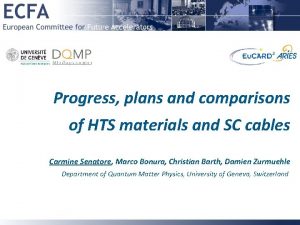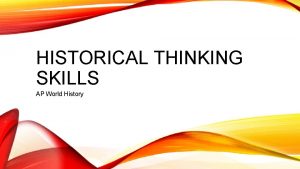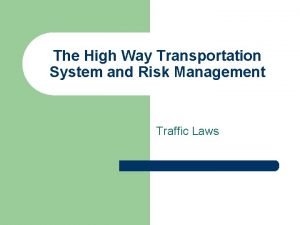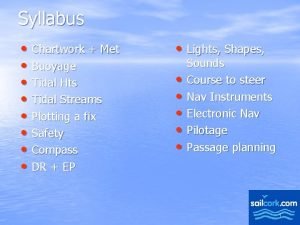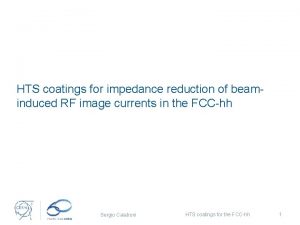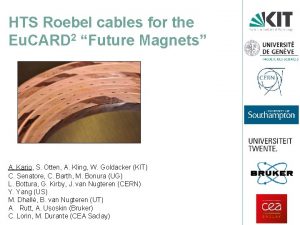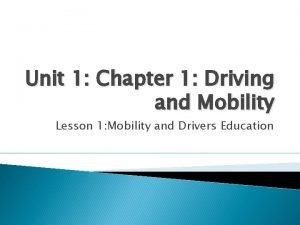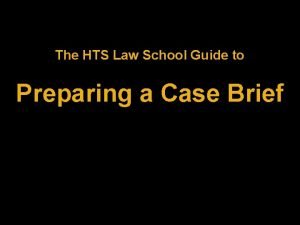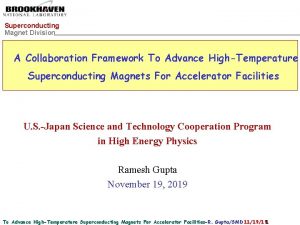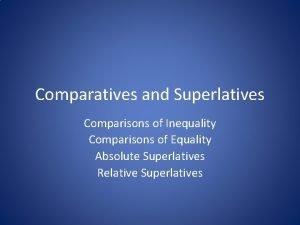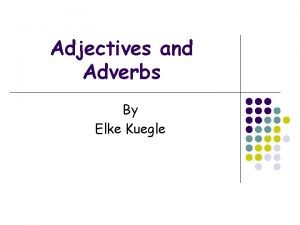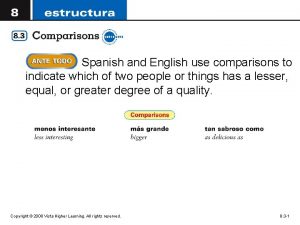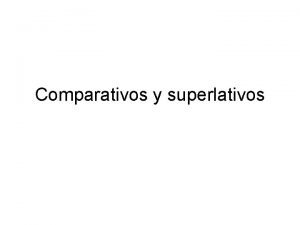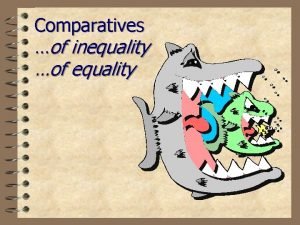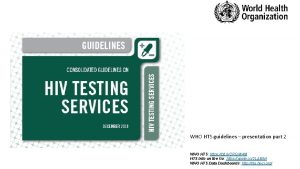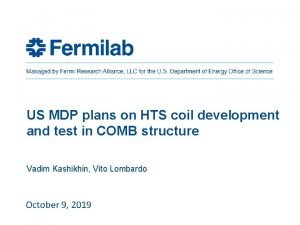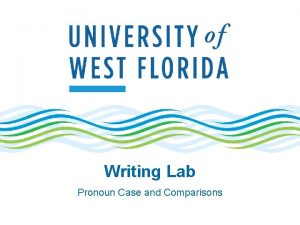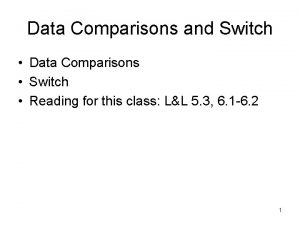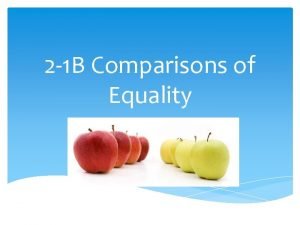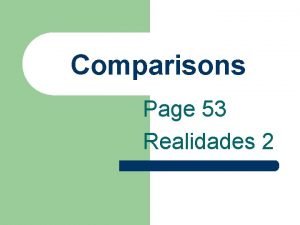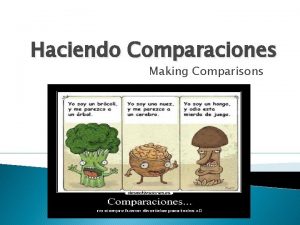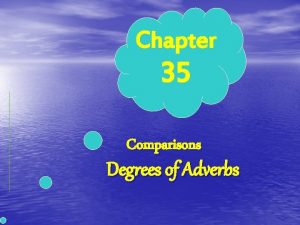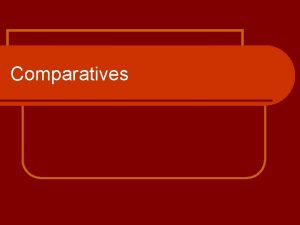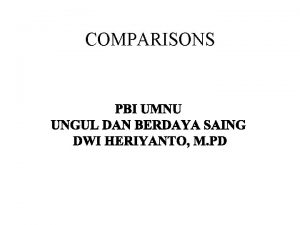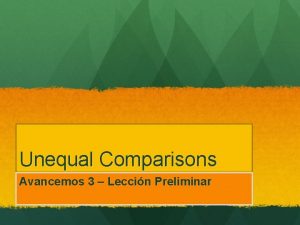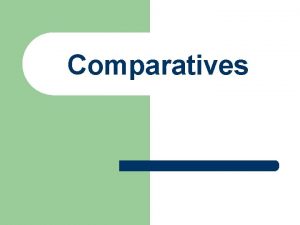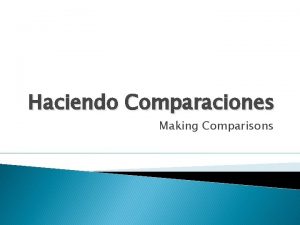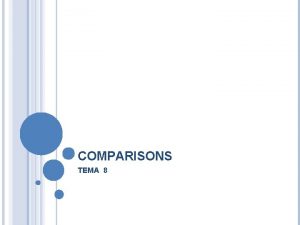Progress plans and comparisons of HTS materials and


























- Slides: 26

Progress, plans and comparisons of HTS materials and SC cables Carmine Senatore, Marco Bonura, Christian Barth, Damien Zurmuehle Department of Quantum Matter Physics, University of Geneva, Switzerland

Outline High Temperature Superconductors and (Ultra-)High Field Superconductors and Future accelerators • What we need from superconductors • Where we are going An overview of the possibilities and of the challenges

Temperatures and magnetic fields accessible for applications with the superconductors of today Magnetic field 32 T 10 T 5 T 4. 2 K 30 K 60 K 77 K Temperature

Temperatures and magnetic fields accessible for applications with the superconductors of today 23. 5 T in solenoids @ 2. 2 K achieved LTS Nb 3 Sn ultimate limits are 16 T in dipoles @ 1. 9 K targeted Magnetic field 32 T HTS for magnet applications are ultra-high field superconductors 23. 5 T • 45. 5 T generated with a YBCO-based insert at Mag. Lab 16 T 10 T 5 T Hahn et al. , Nature 570 (2019) 496 -499 LTS Nb-Ti Nb 3 Sn 4. 2 K 30 K 60 K 77 K Temperature

Superconductors R&D for HEP What do we need ? • High current density at high fields • High tolerance to stress Stress increases proportionally to field, current density and magnet size. FCC 16 T dipoles are being designed with a peak stress in the range of 150 -200 MPa at operation • Be safe in case of magnet quench Stability increases with Top – Tc but quench detection becomes tricky • Have low magnetization Field quality requires multifilamentary wires with fine filaments

Superconductors R&D for HEP Where do we go ? Two main directions • Build on the experience and explore the ultimate performance of Nb 3 Sn towards 16 T conductor development program • Drive the HTS technology development towards 20+T accelerator magnets EU projects

Nb 3 Sn, the benchmark Nb 3 Sn Discovered in 1954 Tc = 18 K Bc 2(T = 4. 2 K) = 28 T Performance target for the 16 T FCC dipoles non-Cu Jc(4. 2 K, 16 T) = 1’ 500 A/mm 2

Ultra-high field (UHF) Superconductors Beyond the limits of Nb 3 Sn High Temperature Superconductors Iron-Based Superconductors (IBS) YBa 2 Cu 3 O 7 -x (RE)Ba 2 Cu 3 O 7 -x Bi 2 Sr 2 Ca. Cu 2 O 8+x Ba 1 -x. Kx. Fe 2 As 2 Discovered in 1987 Discovered in 1988 Discovered in 2007 Tc = 92 K Tc = 89 K Tc = 38 K Bc 2(T = 4. 2 K) > 100 T

YBa 2 Cu 3 O 7 -x (YBCO) coated conductors Cu stabilisation Ag cap layer ~1 µm of YBCO in a ~100 µm thick tape YBCO layer buffer layers [001] tilt grain boundary metallic substrate H. Hilgenkamp and J. Mannhart, RMP 74 (2002) 485

YBa 2 Cu 3 O 7 -x (YBCO) coated conductors Cu stabilisation Ag cap layer ~1 µm of YBCO in a ~100 µm thick tape YBCO layer a buffer layers b b b a The template is a metallic substrate coated with a multifunctional oxide barrier a b a a metallic substrate b Top view Presently produced by Biaxial texturing – within 3° to 5° – is obtained but with some also drawbacks: • pronounced anisotropic behaviour • complex and expensive production route

Progress in YBCO coated conductor performance YBCO 2. 0 m / SS 50 m 1200 A/mm 2 800 A/mm 2 600 A/mm 2 400 A/mm 2 YBCO 2. 0 m / SS 100 m YBCO 3. 8 m / SS 100 m (2013) 2017 – 2021 2013 – 2017 20 T How to increase the critical current ? • Increase the layer Jc of YBCO • Increase thickness of YBCO layer Tapes manufactured by • Reduce thickness of the substrate , industrial partner in the EU projects

Progress in performance from other manufacturers 2’ 000 A/mm 2 @ 4. 2 K, 19 T 1’ 000 A/mm 2 @ 20 K, 19 T • Similar Jc of the REBCO layer • Differences come from the conductor architecture Nb 3 Sn Operation in high field possible even above LHe temperature

From YBCO tapes to YBCO cables YBCO tapes have current capability of ~1000 A Dipoles and quadrupoles require large operating currents ~ 10 k. A, to keep the inductance low and to ease magnet protection nd ou n. R Co (C ndu OR ct C) or o ke Tw (T ist ST ed C) St a Ro eb el Ca ble d. T ap e Co Ca re ble Ca ble There are three cable options

From YBCO tapes to YBCO cables YBCO tapes have current capability of ~1000 A Dipoles and quadrupoles require large operating currents ~ 10 k. A, to keep the inductance low and to ease magnet protection There are three cable options Roebel TSTC CORC Lab/Industry Lab Industry > 600 A/mm 2 ( ) 200 A/mm 2 ~400 A/mm 2 In-field Anisotropy ~5 1, Isotropic Transposition Full Partial > 400 MPa (impregnated) ~50 MPa ~300 MPa 10 mm (easy bend) >100 mm 50 – 100 mm Production Je @ 4. 2 K, 20 T Stress tolerance (transverse load) Bending radius

Progress in Bi 2212 performance Round multifilamentary Bi 2212 wires can be assembled in Rutherford cables 50% increase of Je by removing the bubbles in the filaments with high pressure Improv ed prec ur + react ion @ 5 sors 0 bar Reacti on @ 1 Reaction @ 1 bar 00 bar Larbalestier et al. , Nat. Mat. 13 (2014) 375 in O 2 Further enhanced Je up to 1’ 400 A/mm 2 at 15 T with better precursors Jiang et al. @ MT 25 (2017) is the only industrial manufacturer

Electromechanical properties of Bi 2212 wires 2 -layer, 6 -turn racetrack using 8 m of 17 -wire Rutherford cable Coils reacted at 50 bar in partial O 2 pressure Shen et al. , Sci. Reports 9 (2019) 10170 Ceramic Bi 2212 filaments are embedded in a soft Ag matrix The reduction of critical current under load is irreversible Solutions for the mechanical reinforcement are needed Barth et al. @ ASC 2016

Progress in IBS performance in the superconductor in the whole conductor Great improvement since 2012 Monel Silver Ba 1 -x. Kx. Fe 2 As 2 1’ 500 A/mm 2 Adapted from Ma et al. @ EUCAS 2019

Peculiar properties of IBS tapes Wire technology still in its infancy • Anomalous increase of the critical current at low fields = magnetic impurities • Magnetic hysteresis = granularity, weak links Best performance achieved in densified tapes (hot rolling, hot pressing, etc. ) Adapted from Bonura et al. @ EUCAS 2019

Comparison at a glance Nb 3 Sn YBCO Bi 2212 IBS Je(4. 2 K, 20 T) 200 A/mm 2 2’ 000 A/mm 2 1’ 200 A/mm 2 270 A/mm 2 Je(20 K, 20 T) – 1’ 000 A/mm 2 150 A/mm 2 55 A/mm 2 In-field Anisotropy 1, Isotropic ~5 1, Isotropic ~2 Stress tolerance (Transverse load) ~150 MPa > 400 MPa 70 MPa – Quench protection Achieved Possible – Multifilamentary Yes (finer filaments would be better) Wind & React Challenges R&D needed to reach ultimate performance Complex work in progress No Yes Reduce the cost Wind & react Develop long lengths Cable technology Magnetization Complex reaction at 50 bar Mechanical properties Yes (still low count) Still a laboratory material Progress needed towards practical conductors

To conclude… High performance technical conductors based on HTS are on the market and pave the way to disruptive high-field magnet technology (and to higher efficiency with operation at T > 1. 9 K) In particular, high performance YBCO coated conductors are available from several ( > 5) industrial manufacturers Different concepts of high current cables are being developed at laboratory and industrial level but the perfect solution is not yet there Still there are concerns – conductor available lengths and cost, quench propagation and protection, field quality Need to work more on demonstrators to foster the development!

Thank you for the attention ! Carmine SENATORE carmine. senatore@unige. ch http: //supra. unige. ch


High current density at high field even at T > 4. 2 K Operation in high field possible even above LHe temperature

Stability and quench protection Ic REBCO tapes are intrinsically stable The temperature margin Top at 4. 2 K, 20 T is large ~30 K Ic The stability margin ~1 J/cm 3 Iop 2 to 3 order of magnitude larger wrt Nb 3 Sn Top 0 Top is also very large Tcs Tc T The reverse of the medal is that REBCO-based magnet are difficult to protect against quenches Once a thermal disturbance creates a hot spot, it propagates slowly and is therefore hard to detect

Electromagnetic forces in a magnetic lines of force vectors of electromagnetic force per unit volume Conductors in the winding are exposed to 3 D stresses that combine axial tension and transverse compression Stress increases proportionally to field, current density and magnet size

IBS: conductor technology 100 meter-class iron-based superconducting wire has been demonstrated Minimum I 100 A c 7 -filament Ag-sheathed PIT Sr 122 tape Zhang et al. , IEEE TAS 27 (2017) 7300705
 Hts & plans
Hts & plans Physical progress and financial progress
Physical progress and financial progress Hts ap world
Hts ap world Explain how the hts is regulated
Explain how the hts is regulated Hts course outline
Hts course outline Hts coatings
Hts coatings Roebel
Roebel Crash costs are measured in dollars and in
Crash costs are measured in dollars and in Case brief outline
Case brief outline Advance hts 1000 test
Advance hts 1000 test Hts package r
Hts package r How is the highway transportation system regulated
How is the highway transportation system regulated Natural materials and man made materials
Natural materials and man made materials Useful materials at home examples
Useful materials at home examples Natural materials and man made materials
Natural materials and man made materials Adopting materials
Adopting materials Direct materials budget with multiple materials
Direct materials budget with multiple materials A priori and post hoc comparisons
A priori and post hoc comparisons Comparative equality ejemplos
Comparative equality ejemplos Irregular adjectives comparative and superlative
Irregular adjectives comparative and superlative Comparisons of adjectives and adverbs
Comparisons of adjectives and adverbs Comparisons of equality spanish
Comparisons of equality spanish What figure of speech that has a direct comparison
What figure of speech that has a direct comparison Making comparisons
Making comparisons According to the pictures
According to the pictures Inequality ejemplos
Inequality ejemplos Comparison of adjectives equality
Comparison of adjectives equality
